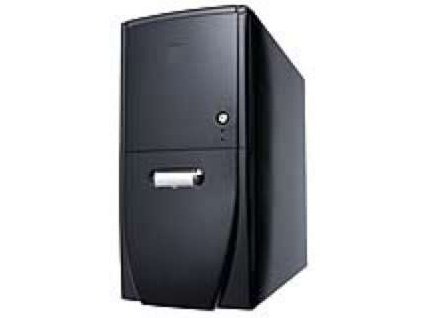TechRadar Verdict
All in all, an excellent package
Pros
- +
Well-engineered and simple solution
Excellent advanced internal duct system
Cons
- -
Pricey at face value
Why you can trust TechRadar
Over the past few years Antec has moved on from a company making run-of-the-mill PC boxes to one that's setting the benchmark for new system cases. Examples include specialist cases such as the ultra-light LANBoy to the all-powerful P180. In many ways it's not doing anything revolutionary or innovative; Antec products are well-engineered, simple solutions that just work.
At first glance there's little difference between this and the original Sonata case. Ostensibly, it's the same midi-tower design with the same-looking front panels, along with the same number of drive bays. On closer inspection it's clear that some areas have minor important changes, such as the 270-degree swing-out front panel.
One of the key items for the Sonata-II is the advanced internal duct system. This is an adjustable system that sits over the CPU and pipes the air out the back. This can have an internal 92mm fan installed, along with an 80mm fan that sits over the graphics card area. As standard, the duct comes without fans, but does have a quality 120mm rear fan kitted out with a three-step speed-controller.
Another convenient and practical addition are the presence of the side-mounted HDD bays. These little fellas are slide-out trays into which you screw each hard drive. The fixings are rubber and help eliminate any hard drive ticks and vibrations, as well as making drives easy to access and remove.
If the price stood as it was the Sonata-II would be expensive; however, it does come with a rather lovely 450W ATX12 v2 power supply. This includes the latest 24-pin power connector, 4-pin connector along with the latest PCIe six-pin connector for graphic cards and SATA power adaptors. All in all, an excellent package. Neil Mohr
Sign up for breaking news, reviews, opinion, top tech deals, and more.
Tech.co.uk was the former name of TechRadar.com. Its staff were at the forefront of the digital publishing revolution, and spearheaded the move to bring consumer technology journalism to its natural home – online. Many of the current TechRadar staff started life a Tech.co.uk staff writer, covering everything from the emerging smartphone market to the evolving market of personal computers. Think of it as the building blocks of the TechRadar you love today.
